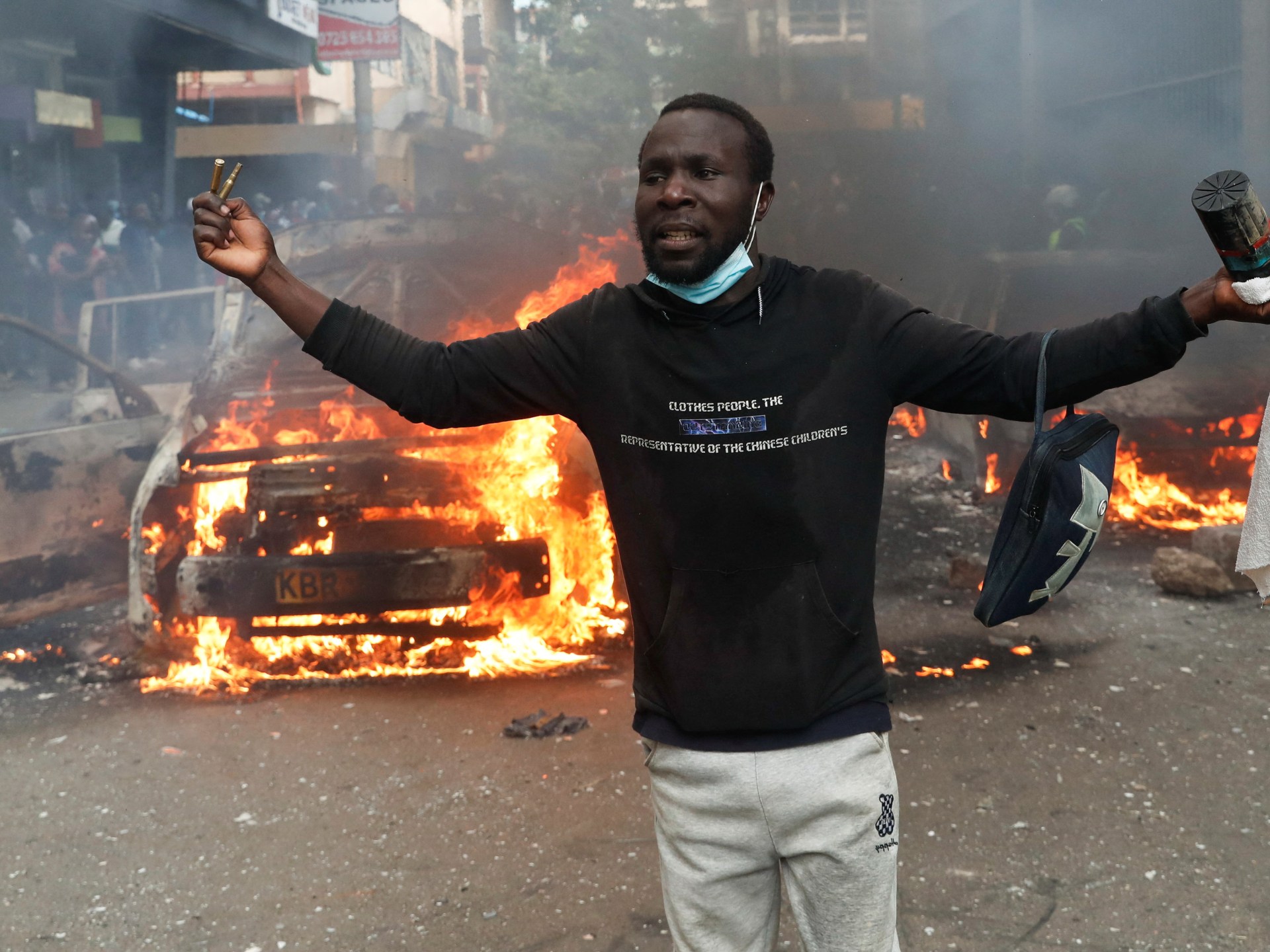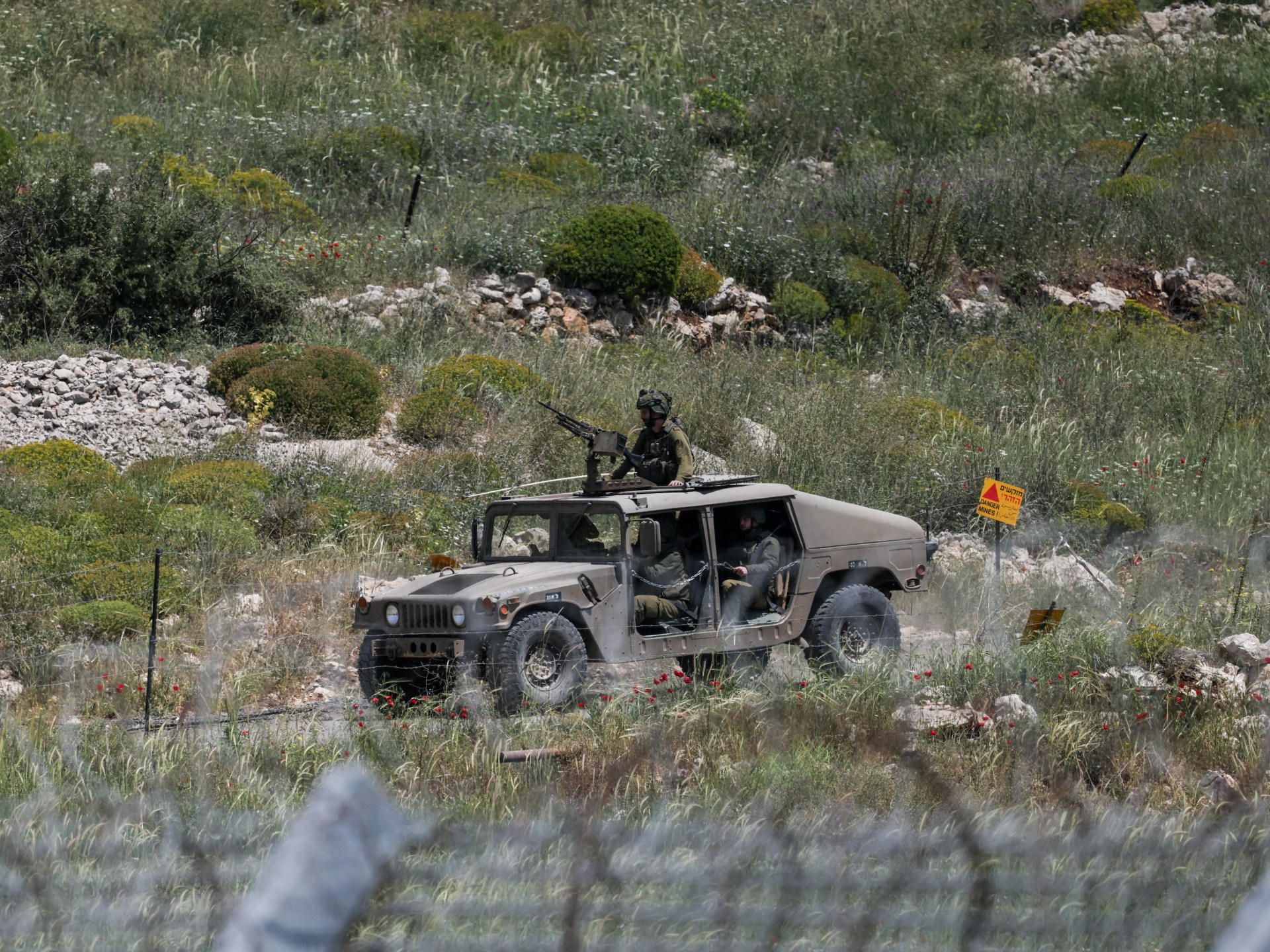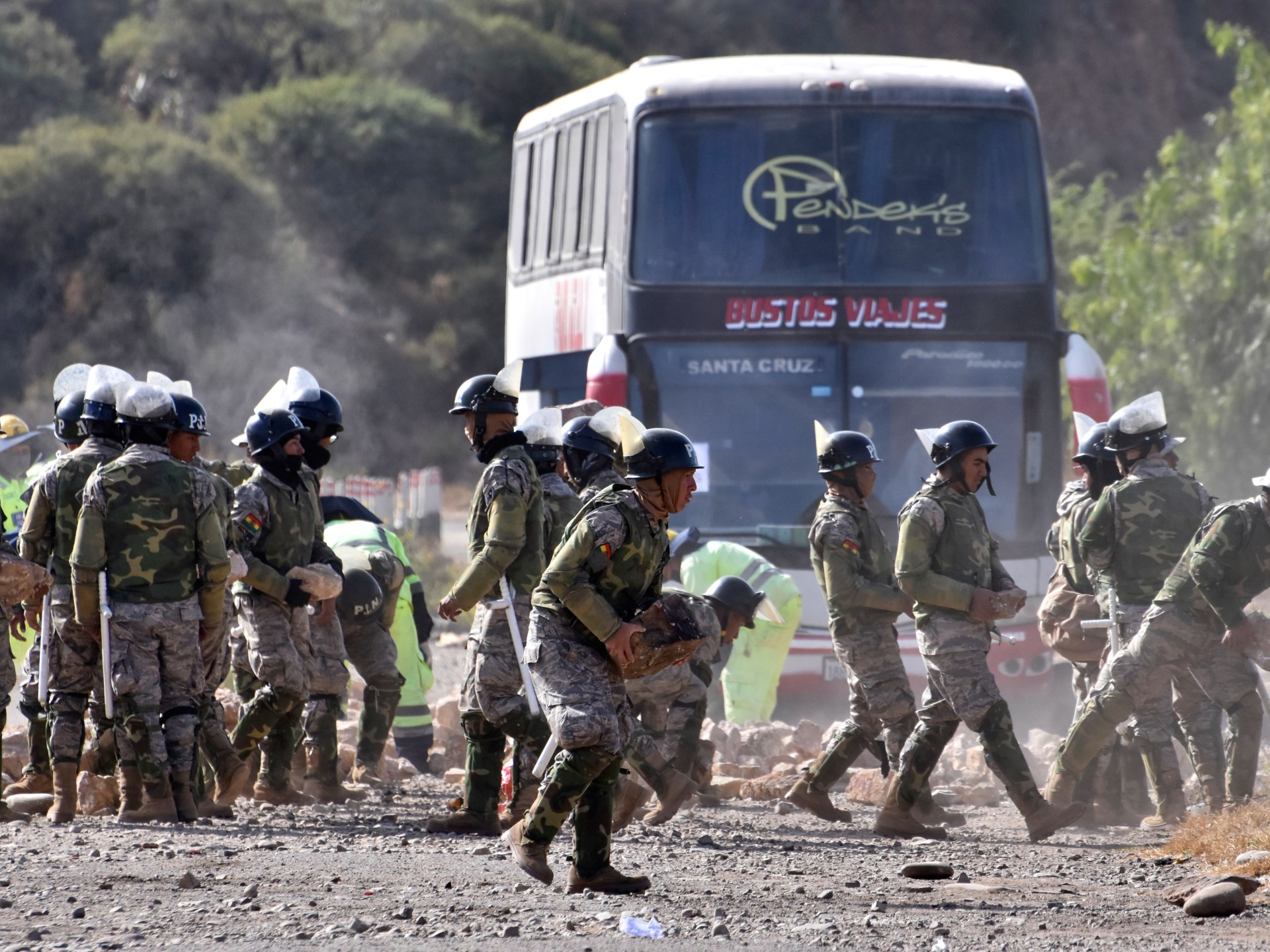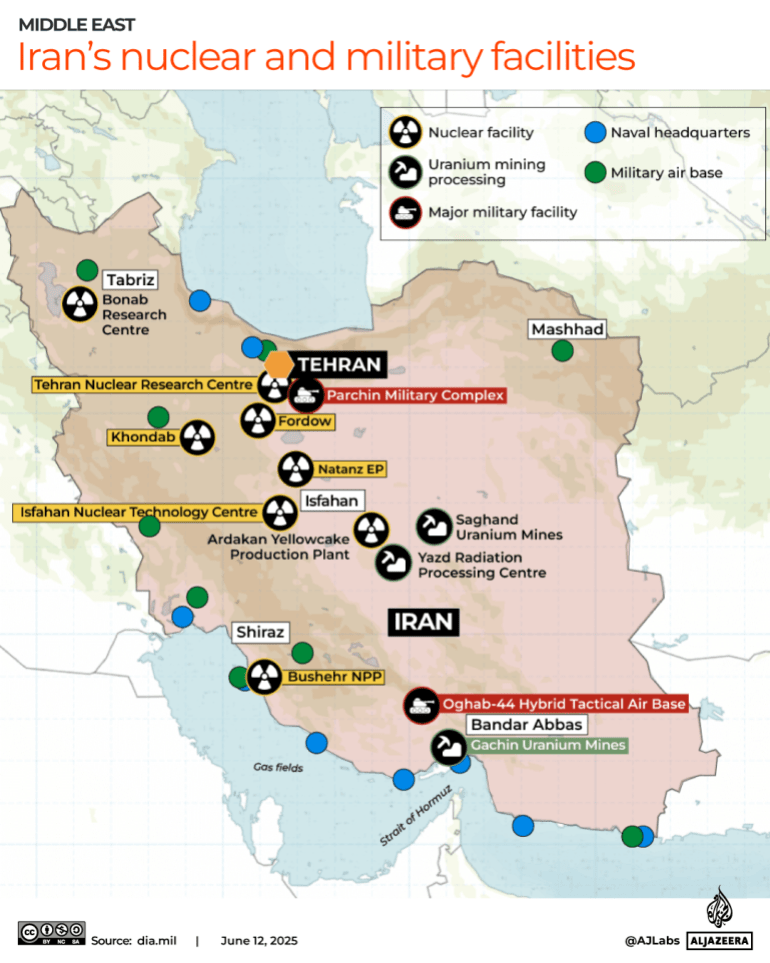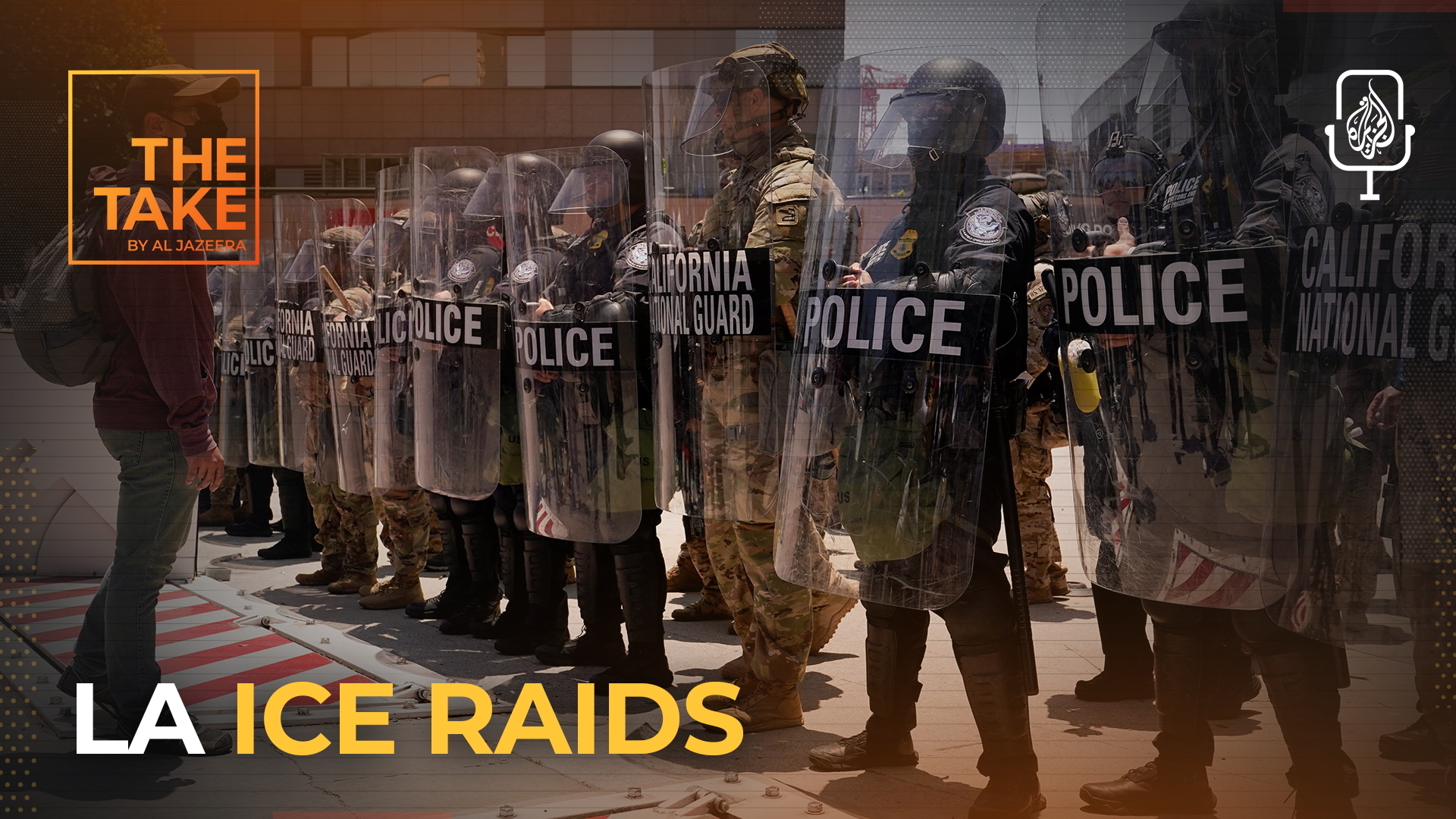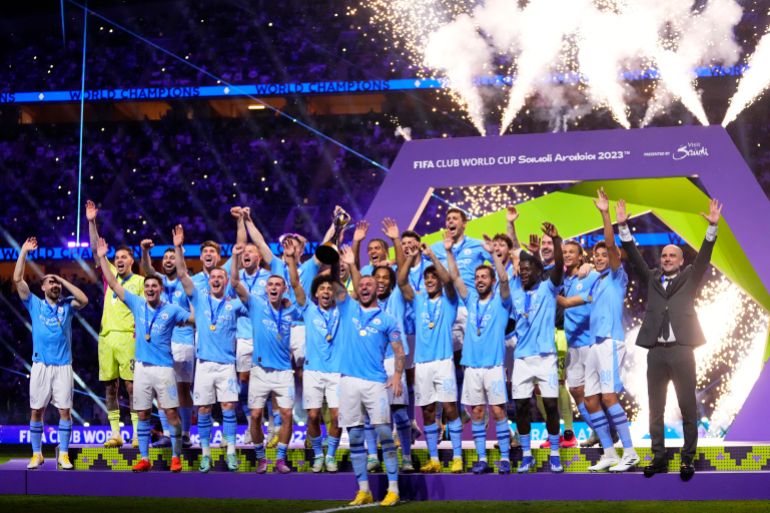Tehran, Iran – Iranian authorities have remained defiant amid concerns that Israel could launch an attack on Iran as the global nuclear watchdog adopts another Western-led censure resolution.
Even as Oman confirmed on Thursday that it will host a sixth round of talks on Sunday between Iran and the United States over Tehran’s nuclear programme, reports by outlets such as The New York Times, quoting officials in the US and Europe, warned that Israel is “ready” to attack Iran, even without military backing from Washington. Israel has long threatened to attack Iran’s nuclear sites.
The administration of US President Donald Trump also carried out a partial evacuation of embassy staff in Iraq and dependants of US personnel across the Middle East in a sign of escalating tension in the region.
“I don’t want to say imminent, but it looks like it’s something that could very well happen,” said Trump at a White House event on Thursday, commenting on the likelihood of an Israeli strike.
“We will not give in to America’s coercion and bullying,” Iranian President Masoud Pezeshkian said in a televised speech in the western city of Ilam on Thursday, pointing out that Iran resisted eight years of invasion in the 1980s by neighbouring Iraq, which was backed by many foreign powers.
Hossein Salami, commander-in-chief of the Islamic Revolutionary Guard Corps (IRGC), told state television that if Israel attacks, it would be met with a “history-making” response that would go far beyond Iran’s two rounds of retaliatory strikes on Israel last year.
He said Iran is not “defenceless and encircled” like Gaza, where the Israeli military has killed more than 55,000 Palestinians since October 7, 2023.
Speaking to a crowd in Tehran, IRGC Quds Force commander Esmail Qaani said Iran’s armed forces have made significant strides in improving their attacking capabilities in the months since the previous missile barrages launched against Israel.
“If they think the axis of resistance and Iran have been weakened and then boast based on that, it is all a dream,” said the commander, who leads the external force of the IRGC, which is tasked with expanding Iran’s regional influence.
Mohammad Bagheri, chief of staff of the Iranian armed forces, announced on Thursday that he has given the order to launch more military exercises after a series of large-scale drills were held across Iran earlier this year. An array of missiles and drones, warships, special forces and even underground missile bases featured in those drills.
On Wednesday, Defence Minister Aziz Nasirzadeh reiterated that all US military bases in countries across the region are legitimate targets if conflict breaks out with the US.
He said Iran had successfully launched an unnamed ballistic missile last week with a 2,000kg (4,410lb) warhead and promised casualties “on the other side will be greater and would force the US to leave the region”.
Iran to build third enrichment site
After days of deliberation, the board of the International Atomic Energy Agency (IAEA) on Thursday passed a resolution to censure Iran over its advancing nuclear programme and several outstanding cases involving unexplained nuclear materials found at Iranian sites.
The resolution was put forward in Vienna by the US along with France, Germany and the United Kingdom, the three European nations who are still party to Iran’s 2015 nuclear deal with world powers, which Trump unilaterally abandoned in 2018.
The global nuclear watchdog has adopted several Western-led censure resolutions against Iran over the past few years, but the one on Thursday was the most serious in nearly two decades because it alleges Iran is not complying with its nuclear nonproliferation obligations.
Iran’s Ministry of Foreign Affairs branded the accusation “completely baseless and fabricated” and said Western powers are using the international body as a tool for exerting political pressure.
Tehran’s response was also significant. The Atomic Energy Organization of Iran and the Foreign Ministry jointly announced that the country would build its third uranium enrichment site at a “secure” location.
They added that first-generation centrifuges will be replaced with sixth-generation machines at the Fordow enrichment plant, which will considerably boost Iran’s ability to create highly enriched uranium.
The Natanz and Fordow facilities, both built deep underground to protect them against bunker-buster munitions used by the US and Israel, are currently the only facilities enriching uranium in Iran. They are both under heavy supervision by the IAEA.
Iran is now enriching uranium up to 60 percent and maintains that its nuclear programme is strictly peaceful and has civilian uses, such as power generation and the manufacture of radiopharmaceuticals. Uranium must be at 90 percent purity to build nuclear weapons.
‘Zero’ enrichment demand looms over talks
Iran and the US are once again heading to Muscat even as they still disagree over enrichment, the key issue for any potential agreement.
The 2015 nuclear deal allowed Iran to enrich uranium up to 3.67 percent under IAEA monitoring, but Trump, who now says he is less confident about a deal with Iran, has insisted on “zero” enrichment taking place inside Iran.
Tehran, which this week rejected another US proposal that included zero enrichment, is slated to offer a counterproposal soon to try to advance the negotiations.
Ideas for a nuclear consortium that includes Iran’s neighbours to bolster trust have so far failed to provide any breakthrough.
Israeli Strategic Affairs Minister Ron Dermer and Mossad chief David Barnea are expected to meet with US envoy Steve Witkoff on Friday before he heads to the Omani capital for the latest round of talks.
Tehran leans on national sentiment
In Tehran’s Vanak Square, authorities this week installed a huge sculpture of Arash Kamangir (Arash the Archer), a hero in Iranian mythology.
The story of Arash involved the hero putting his life in danger by climbing Mount Damavand – the highest peak in Iran at 5,609 metres (18,402ft) and a symbol of national pride – to use his archery skills to set Iran’s borders. In the story, his arrow flies for days before setting Iran’s boundaries with Turan, a historical region in Central Asia.
The story is one that evokes a sense of national pride among all Iranians. When images of the sculpture went viral on social media, some Iranians praised the move while others criticised it as an attempt to tap nationalist sentiment at a time when Iran may be attacked.
Translation: A 15-metre-high [50ft-high] sculpture of Arash Kamangir was installed at Tehran’s Vanak Square today.
But even with the spectre of war seeming to loom over Iran again, markets in the country have remained relatively stable in recent weeks as they anticipate the results of negotiations with the US.
The Iranian rial changed hands in Tehran for about 840,000 per US dollar on Thursday, having only slightly dipped compared with the days before and its news of more military and political pressure on Iran.
“Most people I’ve spoken to here are following the news of the talks with the US and Israel’s threats very closely, but there’s no panic,” a 36-year-old vendor at Tehran’s Grand Bazaar told Al Jazeera, asking to remain anonymous.
After years of stringent sanctions, along with local mismanagement, Iran has been facing consistently high inflation. It currently stands above 30 percent. Iranians are also cut off from international payment networks and banned from most international services due to the sanctions.
